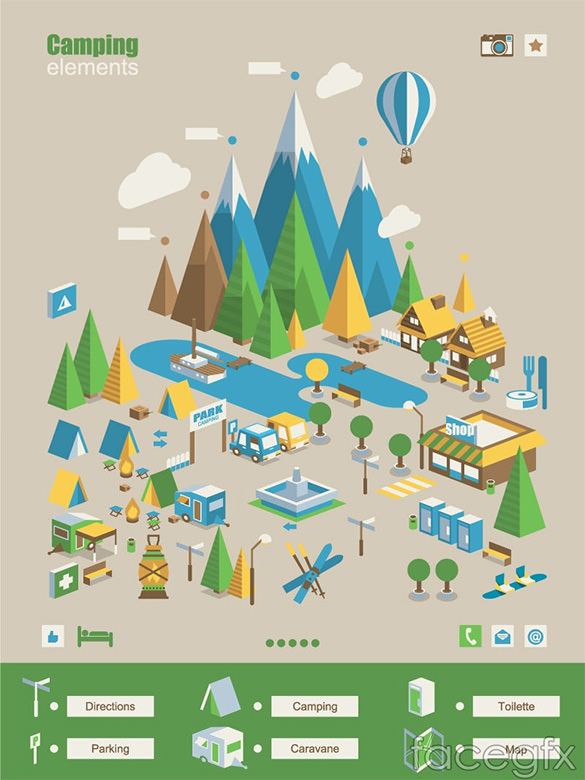From the nomadic tribes of Central Asia to glamping sites worldwide, bell tents have become an icon of rustic journey. Their legendary shape and roomy interiors create an ambiance that is both comfy and impressive.
What is the lightest 3 person tent?
Their origins can be traced to military outdoors tents made by Henry Hopkins Sibley, that patented the cone-shaped canvas shelter in 1856. The design was based upon the Indigenous American teepee and was developed to be easily assembled, sturdy and mobile.
Origins
The bell tent has actually been a staple for exterior lovers because the 19th century. The design is rooted in army camping tents that saw service in the Crimean War, and later on ended up being popular with scout teams across America. The American Sibley tent was a version of the European bell camping tent. Its creator, Henry Hopkins Sibley, took motivation from the Native American tepee when developing his variation. His model included a solitary center post, elevated larger walls and an airing vent cap that permitted smoke from the range to escape.
Today, modern-day canvas bell camping tents offer a feeling of high-end for camping lovers and are a preferred option for glamping retreats. With a sizable inside and an attractive form, these camping tents can be adorned with furnishings and design to create a comfy and intimate setting for passengers. The circular design additionally helps with wind resistance and allows for adaptable interior layouts. The less complex style with fewer poles and risks makes it simpler to set up camp and transportation to different places.
Military Usage
The Bell Camping tent was a home-away-from-home for numerous soldiers in the 18th century. It was made use of on the field of battle as well as for command centres and field hospitals.
Its capacity to be swiftly established in a variety of goal circumstances enabled it to serve as a reliable sanctuary and work space. Its modular layout means it can expand or contract to fit the needs of various sized teams and goals.
Furthermore, it can be quickly transported making use of a variety of vehicles and hand-operated transport, making it a sensible option for military and rescue procedures. Its lightweight, portable nature likewise makes it easier for soldiers or rescuers to lug and hike throughout complicated terrain to reach their goal site. This conserves important time and resources.
Glamping
With the increase of glamping, bell tents came to be popular as a luxurious outdoor camping alternative. Their famous silhouette develops a wonderful ambiance and can be fitted with fashionable furnishings to include an additional touch of convenience to your camping experience.
In the 19th century, the army adapted the layout to make it a lot more durable and functional for use on battle zone and expeditions. Animal hides were changed by canvas that had been treated with waterproofing representatives, allowing the bell outdoor tents to endure rough weather.
The bell outdoor tents's functionality captured the attention of entertainment campers, and it quickly obtained popularity as a camping tent for camping trips and other exterior events. It is currently a staple at boutique outdoor camping sites, music events, and eco-resorts, where it provides a mix of nostalgia and elegance.
Layout
The bell tent's basic design stood out of entertainment campers, and it soon ended up being a staple among those who wished to experience the outdoors in vogue. Today, you can find these flexible frameworks in campgrounds and at glamping resorts throughout the world.
The very first patented version of the bell outdoor best camping gifts tents was developed by Henry Hopkins Sibley during the American Civil Battle, drawing ideas from Native American tipis. He integrated a solitary central pole, brief side walls, and a vented "cap" for smoke from a cooktop to produce his cutting-edge tent.
In time, Sibley's style boosted with the addition of breathable canvas and various other products that allowed the camping tent to control its temperature level. Modern bell tents are made from a range of products, including cotton and blends with fire resistant fabric to minimize fire hazards. Their roomy insides are excellent for organizing furnishings to develop comfortable sleeping locations and lounge rooms. They are also lightweight and simple to set up, making them a fantastic option for newbies or anyone trying to find a worry-free camping experience.
Who coined the term glamping?
